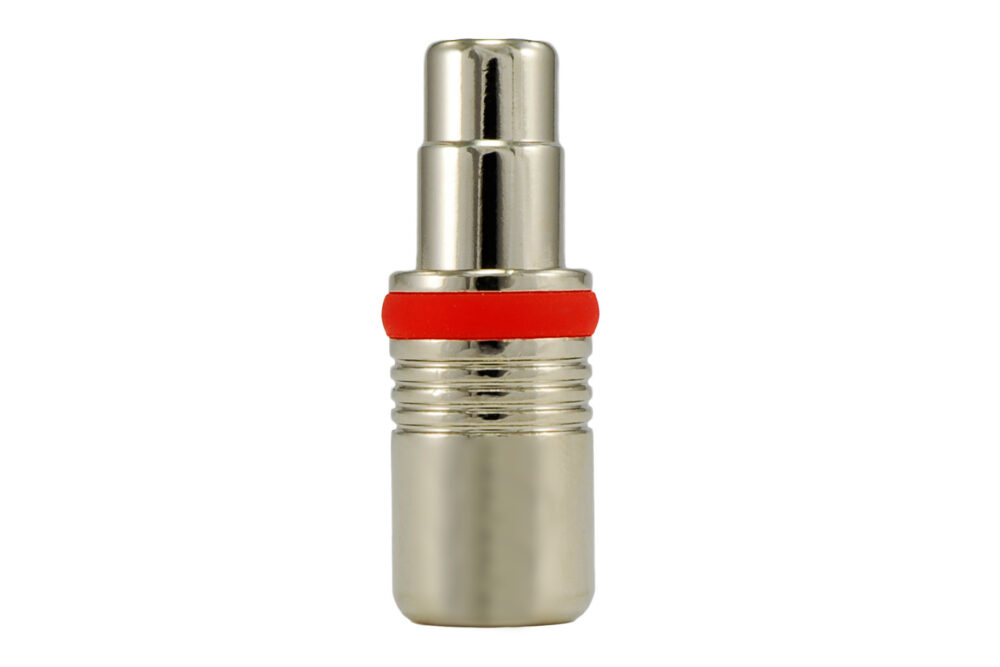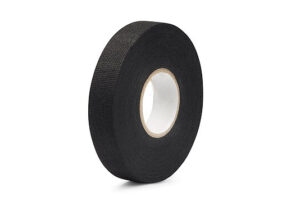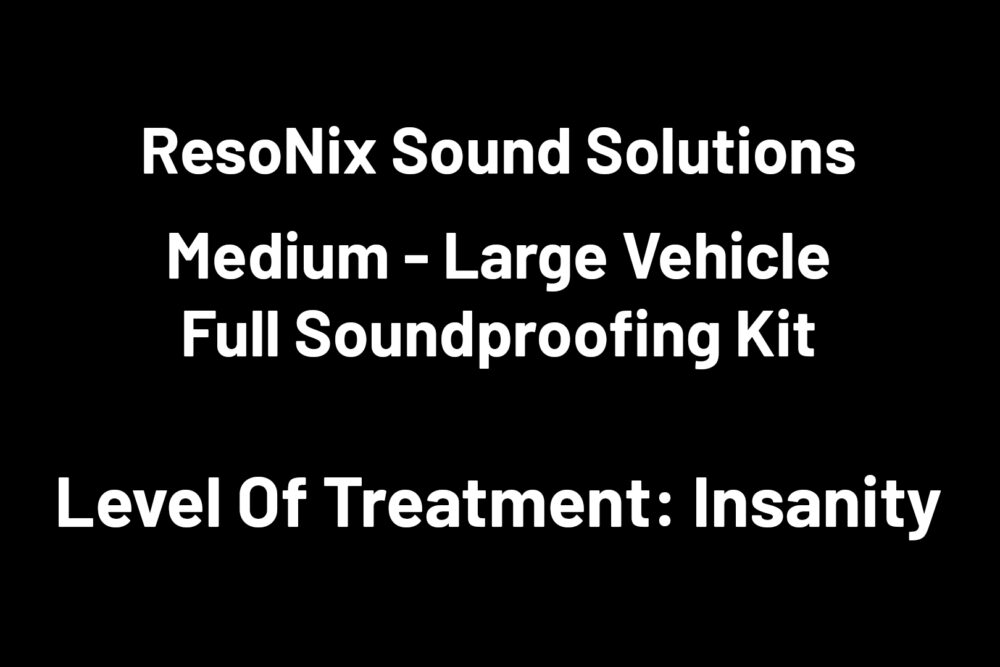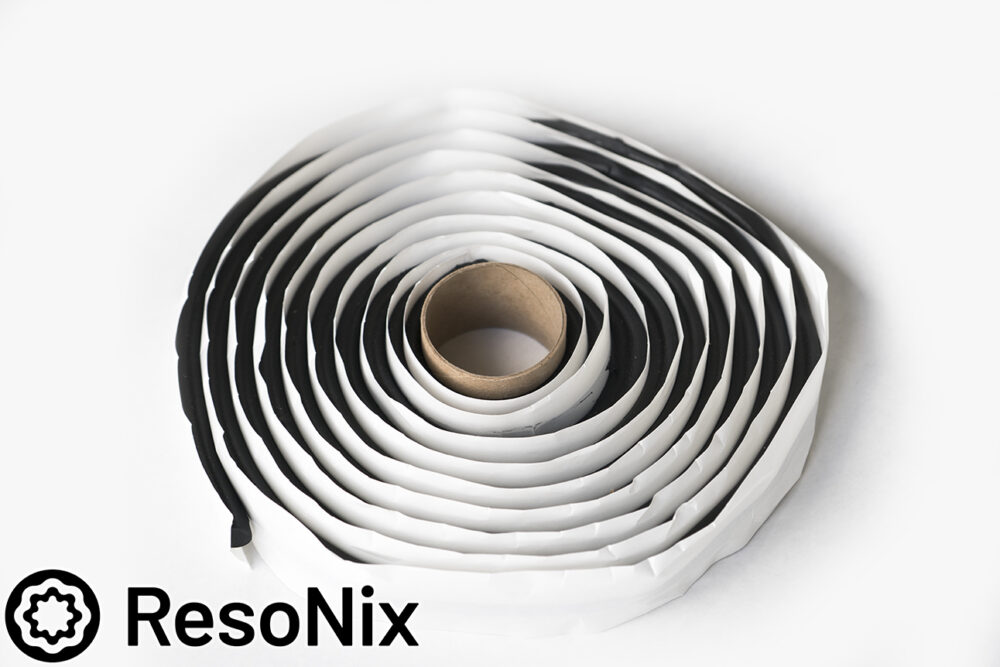With every CLD Sound Deadening installation you need the right tools to install it. To date, this is the best roller we have used to help properly install our CLD Sound Deadener products.
$25.00
| Quantity | Discount Type | Discount | Price Per Item |
|---|---|---|---|
| 2-5 | Percentage | 30 | $17.50 |
| 6-100 | Percentage | 40 | $15.00 |
The ResoNix Sound Solutions Sound Deadening Roller is the best and most installation-friendly sound deadener roller available. There are a few aspects that make this the best sound deadening roller in our experience. First, the angled ABS-plastic handle. The angled handle allows for a more comfortable use, better leverage if needed, and can reach into tight locations better than standard handles. The stainless steel wheel is the second part of this roller that takes it to the next level. The roller is much heavier and sturdier, and will outlive most of your tools. It is also a flat roller, which is very important for maintaining the effectiveness of your CLD.
When using a roller with a ridged surface, yes, it might look cool. But the problem is, it stretches out and provides “relief” for the aluminum constraining layer of your CLD. This lowers its effectiveness by more than most would think. Testing on this exact thing can be found in our Independent Testing Data page. And lastly, it features a ball bearing for smooth and consistent use that will outlast any other product of this type.
34mm wide roller
32mm diameter roller
22mm diameter handle
I’m sure you didn’t expect this one. Yes, the tools you use to roll on your constrained layer damper sound deadener can in fact effect its performance. In the past couple of years, some of these less than reputable amazon-based brands have been selling sound deadener rollers that are patterned or ridged. These patterned and ridged rollers have been marketed to be good, or cool locking, etc. But the truth is, they actually decrease the performance of the product you are installing.
The reasoning for this is pretty simple. A constrained layer damper works by using the visco-elastic properties of the butyl to create shear forces against the panel and Aluminum Constraining Layer. These shear forces are introduced as the panel bends when it vibrates. The strength of the aluminum constraining layer, and its overall structure have an effect on its ability to act strongly against the butyls shear forces, or, if a compromised constraining layer, can allow for “wiggle room.”
When rolling your sound deadener with one of these patterned and ridged rollers, you do two things that negatively affect its performance. First, you are stretching the aluminum constraining layer, making it weak and unable to provide proper resistance against the shear forces of the butyl. When putting pressure on this product as you are rolling over it with these ridged and patterned rollers, the aluminum layer is unable to move separately from the butyl, so it much stretch. Second, you set the aluminum constraining layer up in a way that has many stress-relief indents. Think of it like an accordion.
For a CLD to perform at its best, we need to have the aluminum constraining layer unable to easily open. Using a flat roller, think of the end result as the accordion stretched all the way open. It is already fully open and is unable to stretch any further, and this will have the greatest resistance to opening up any further. But when you introduce these ridges from the ridged rollers, it acts as the accordion is closed and it has plenty of relief to move around and open up freely. When you do this to your constrained layer damper, the panel it is adhered to will be able to flex more due to the constraining layer having much more relief.
Below are the test results of a particular product installed with a normal, flat roller, a roller that has small ridges, and a roller that has more aggressive ridges.
The smooth roller reduced resonance by 10.25db. That same product was removed, and a new piece was installed and tested again with the Noico ridged roller. Note, the ridges on this roller are very small, but they do affect performance. This roller reduced resonance by only 9.75db. This isn’t much, but is definitely measurable and repeatable. The more aggressively ridged roller that seems to be sold under many different brand names on Amazon is a different story. This one reduced resonance by only 7.5db. This is just shy of a 3db difference, making the product almost 2x less effective vs when rolled with a normal roller.
USA Manufactured




50 Holt Drive, Unit 4
Stony Point, NY 10980
info@resonixsoundsolutions.com
(845) 274-4357
ResoNix Sound Solutions is a company with a specialty in high-end car audio and automotive sound treatment that offers top quality products and services that provide superior performance in their respective categories. No gimmicks, no baseless claims, no nonsense. Constrained layer dampers, sound absorbers, decouplers, noise barriers, and car audio DSP tuning and consultation services are part of our line-up with a focus on data-backed, solutions-based products developed by professional enthusiasts, for enthusiasts.
50 Holt Drive, Unit 4
Stony Point, NY 10980
info@resonixsoundsolutions.com
(845) 274-4357
